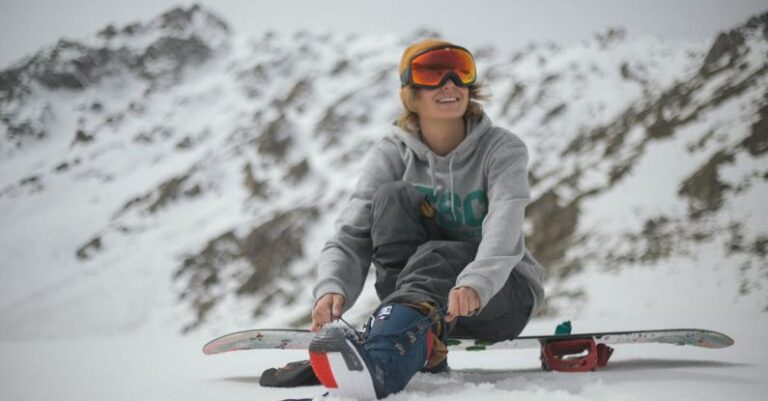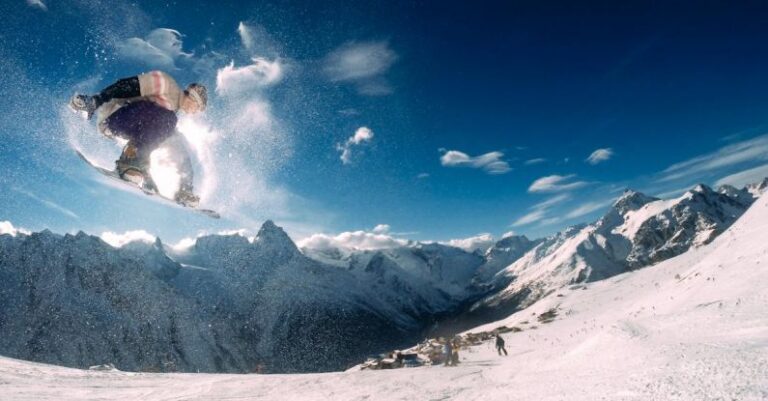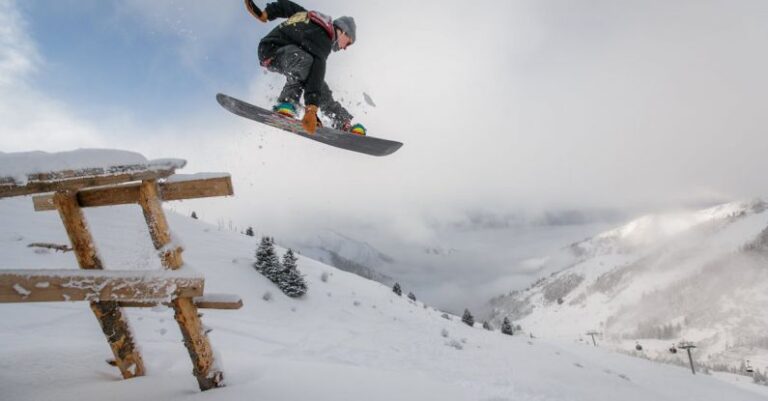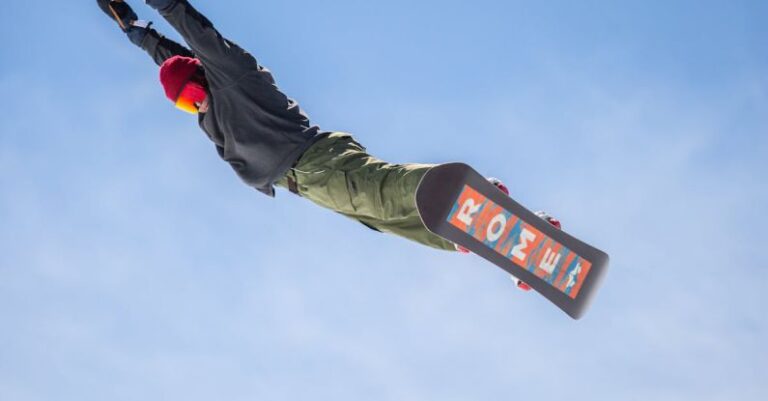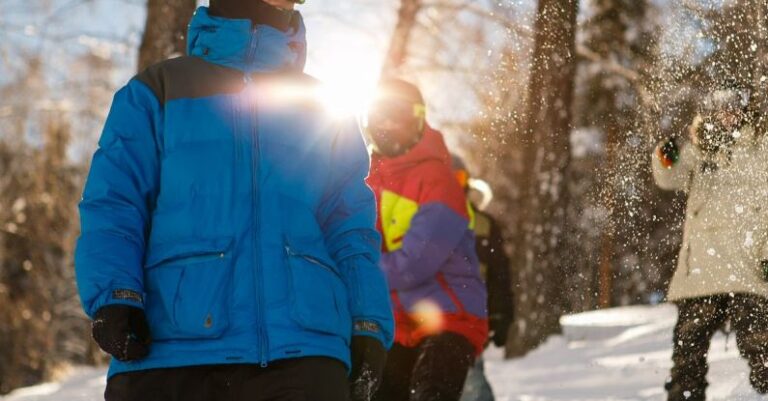
Snowboarding is an exhilarating sport that requires not only skill but also a solid stance. Perfecting your snowboarding stance is crucial for improving your performance on the slopes and ensuring a safe and enjoyable ride. Your stance affects your balance, control, and overall comfort while snowboarding. By focusing on your stance and making necessary adjustments, you can enhance your riding experience and progress as a snowboarder.
Understanding the Basics of Snowboarding Stance
Before diving into how to perfect your snowboarding stance, it’s essential to understand the basics. Your stance refers to the positioning of your feet on the snowboard, which can be either regular or goofy. Regular stance means your left foot is in front, while goofy stance means your right foot is in front. Determining which stance feels more natural to you is the first step in establishing a solid foundation for your snowboarding technique.
Establishing a Balanced Stance
Achieving a balanced stance is key to mastering snowboarding. Your weight distribution plays a significant role in how well you can maneuver on the snowboard. Ideally, your weight should be evenly distributed between your front and back foot to maintain stability and control. Avoid leaning too far forward or backward, as this can throw off your balance and make it harder to navigate the slopes.
Experiment with different weight distributions while riding to find the optimal balance that works for you. Pay attention to how it affects your control and maneuverability, and make adjustments as needed to achieve a more stable stance.
Finding Your Stance Width
The width of your stance also plays a crucial role in your snowboarding performance. The distance between your feet on the snowboard can impact your stability, turning ability, and overall comfort. Experiment with different stance widths to find the one that feels most natural and allows you to maintain control while riding.
A wider stance generally provides more stability and power, making it easier to carve and maintain control at higher speeds. On the other hand, a narrower stance offers more agility and quick turn initiation, which can be beneficial for tricks and maneuvers in the terrain park. Find a stance width that strikes a balance between stability and maneuverability based on your riding style and preferences.
Adjusting Your Stance Angles
The angle of your bindings also plays a significant role in your snowboarding stance. The angle at which your bindings are set can influence your ability to turn, carve, and perform various maneuvers on the snowboard. Experiment with different binding angles to determine what works best for you in terms of comfort and performance.
Common binding angles include a positive angle on the front foot (around 15-21 degrees) and a slightly negative or neutral angle on the back foot (around 0-3 degrees). However, these angles can vary based on personal preference and riding style. Adjust your binding angles to find the setup that allows you to ride comfortably and confidently on the slopes.
Maintaining a Relaxed Posture
In addition to the positioning of your feet and bindings, your overall posture plays a crucial role in perfecting your snowboarding stance. Maintaining a relaxed and balanced posture while riding can improve your control, stability, and overall riding experience. Keep your knees slightly bent, your back straight, and your arms relaxed to absorb shocks and maintain flexibility while riding.
By staying relaxed and focused on your posture, you can respond more effectively to changes in terrain and maintain better control over your snowboard. Practice maintaining a relaxed posture while riding to improve your overall performance and reduce fatigue on the slopes.
Fine-Tuning Your Stance for Optimal Performance
Perfecting your snowboarding stance is an ongoing process that requires experimentation and adjustment to find what works best for you. Pay attention to how different stance adjustments impact your riding experience and make changes accordingly to enhance your performance on the slopes. By focusing on your stance and making necessary adjustments, you can improve your balance, control, and overall enjoyment of snowboarding.
Experiment with different weight distributions, stance widths, binding angles, and postures to find the optimal setup that allows you to ride confidently and comfortably. Remember that there is no one-size-fits-all approach to snowboarding stance, so don’t be afraid to try new adjustments and techniques to find what works best for you. With practice and persistence, you can perfect your snowboarding stance and take your riding to the next level.
